How the Surrey Hills has inspired generations of writers, artists and visionaries
With its magnificent views, lovely churches and grand country houses, this Area of Outstanding Natural Beauty has proven an inspiration for many of Britain's greatest artists.

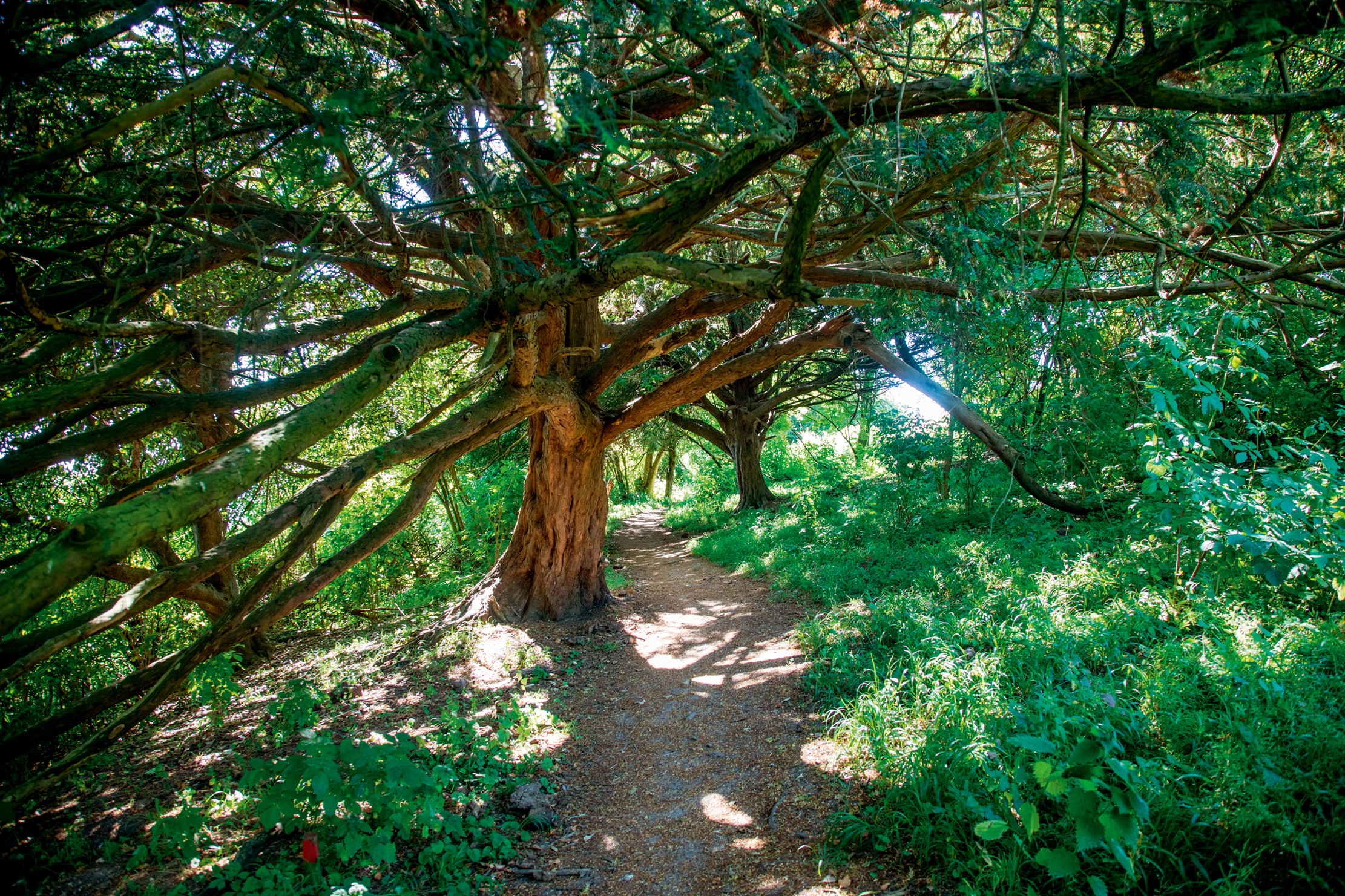
‘Everybody had a burst of admiration on first arriving,’ wrote Jane Austen of the pivotal picnic scene in Emma that takes place on Box Hill. As everybody knows, the excursion infamously deteriorated into ‘a want of spirits’ — but the picnickers’ instinctive reaction to the spectacular view from this point in the Surrey Hills AONB is entirely warranted.
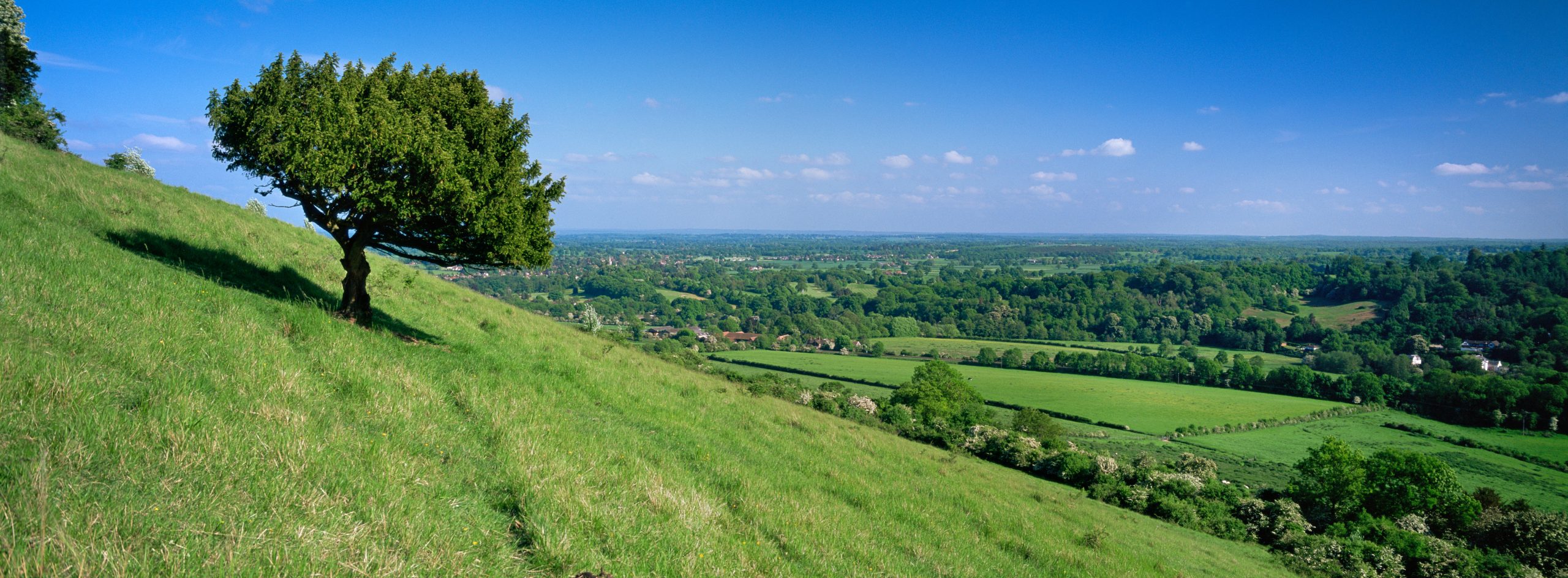
After the stiff climb through winding, wooded lanes and ancient box woodland (hence the name) —part of the route for the 2012 Olympic cycling road race — the chalk grassland escarpment, grazed by belted Galloway cattle and black Welsh Mountain sheep, falls away to reveal the vast view to the south coast that was carefully scanned by lookouts in the Second World War.
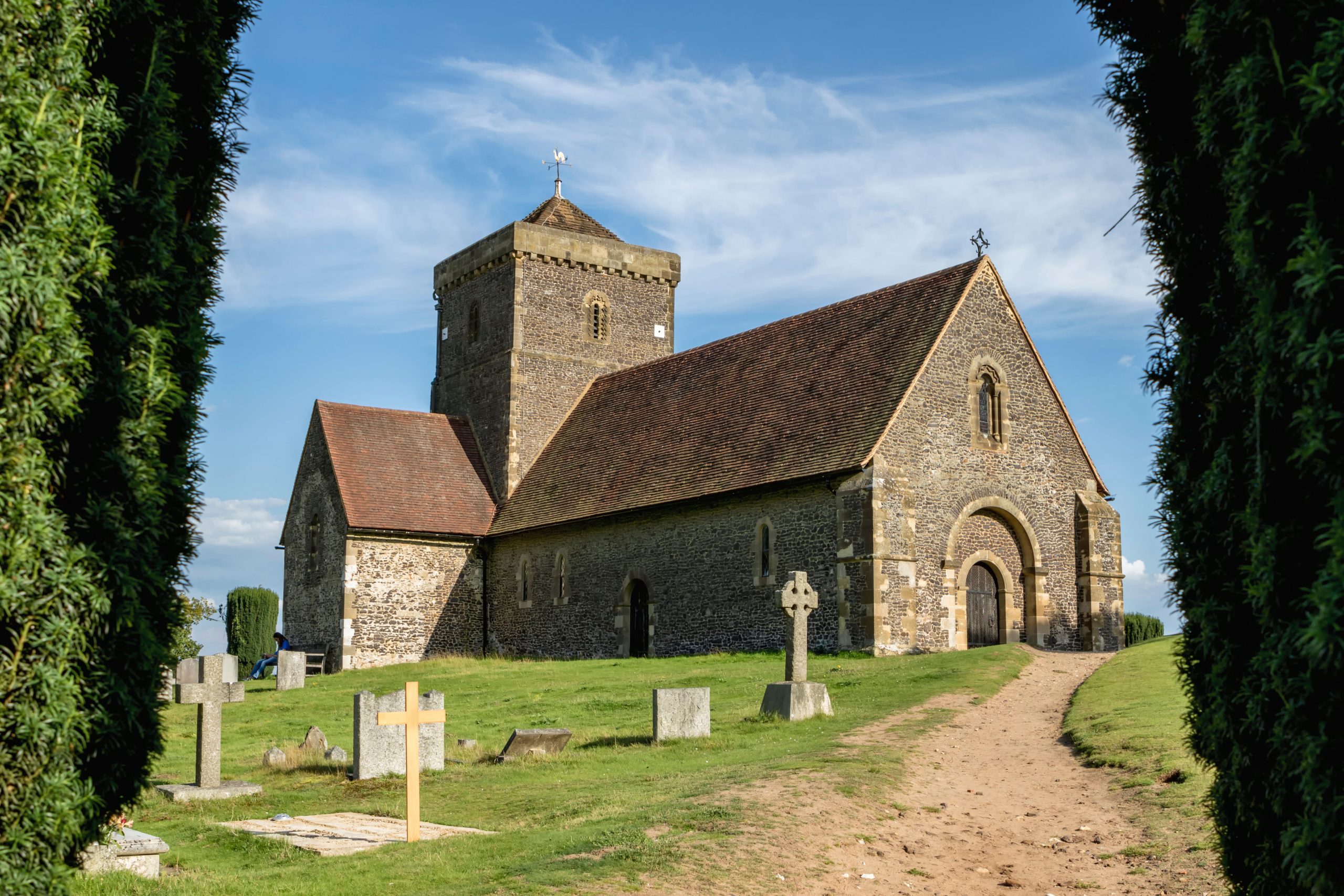
Another glorious landmark is the church of St-Martha-on-the-Hill, a beacon for pilgrims; it’s only accessible by foot, from the North Downs Way National Trail from Farnham to Dover.
There’s Capability Brown-landscaped Gatton Park, ruined Betchworth Castle, the Gertrude Jekyll-designed walled gardens at Loseley Park, the Watts Gallery, National Trust-owned Polesden Lacey, chocolate-box villages, Arts-and-Crafts cottages and even vineyards.
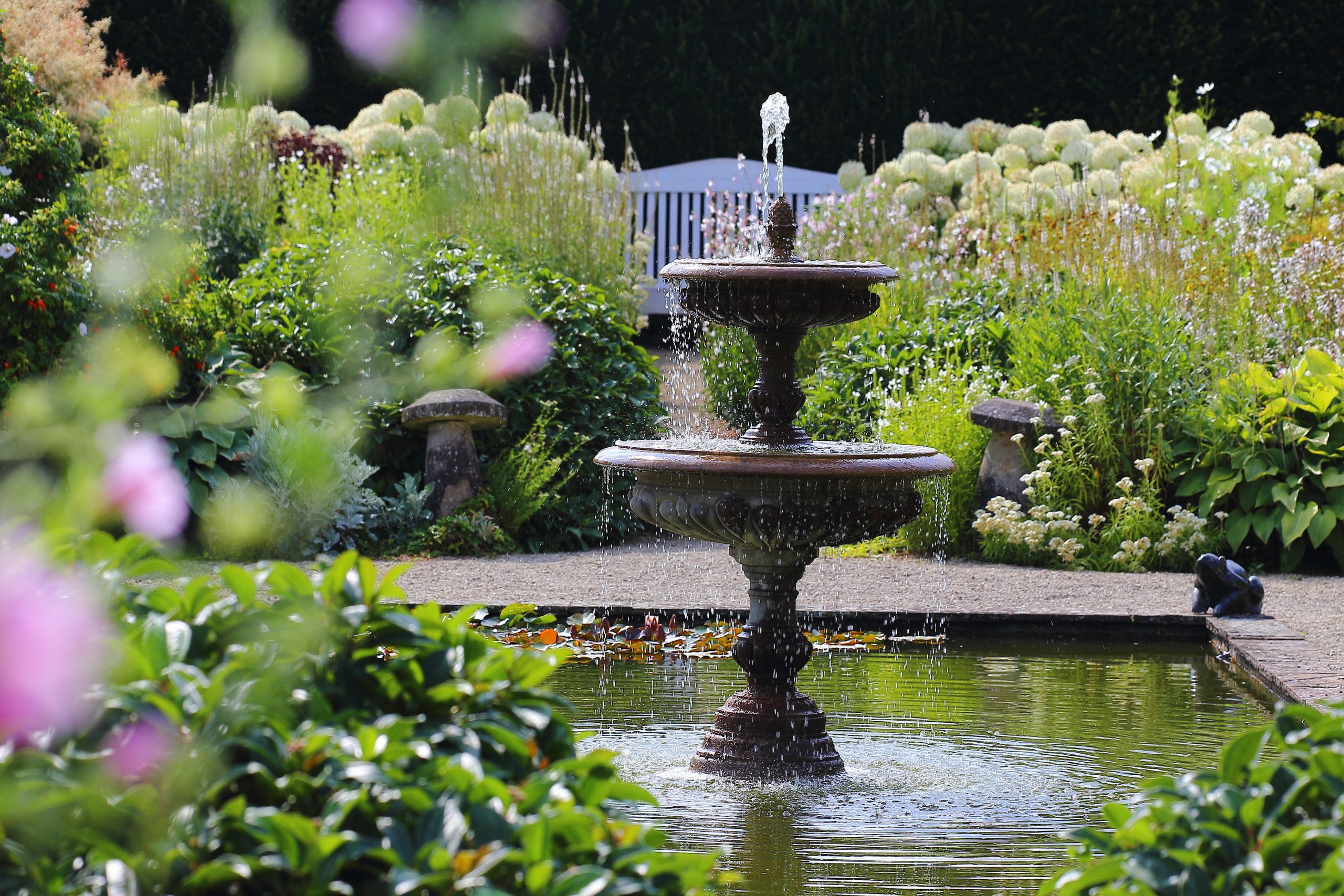
The proximity of the Surrey Hills to London meant that leaders of the Romantic Movement could easily put into practice their theories about communing with Nature: Keats completed his poem Endymion — ‘A thing of beauty is a joy forever’ — when staying here.
J. M. Barrie stayed with friends in the area while dreaming up Peter Pan, John Logie Baird conducted his experiments with television from his Swiss Cottage on Box Hill, Arthur Conan Doyle spent years living in Hindhead, and Agatha Christie famously disappeared from Newlands Corner.
Did you know?
Exquisite houses, the beauty of Nature, and how to get the most from your life, straight to your inbox.
- The Surrey Hills AONB, designated in 1958, is 163 square miles. The highest point, Leith Hill, is 965ft above sea level.
- Legend has it that the Devil’s Punch Bowl, Hindhead, was created when the Devil scooped out a handful of earth to throw at Thor. It’s now a stronghold for rare birds, such as the nightjar and the Dartford warbler, butterflies and all British reptile species.
- In 1800, the eccentric Major Peter Labelliere from Dorking was buried upside down on Box Hill so that when, as he believed, the world went topsy-turvy, he would be the right way up.
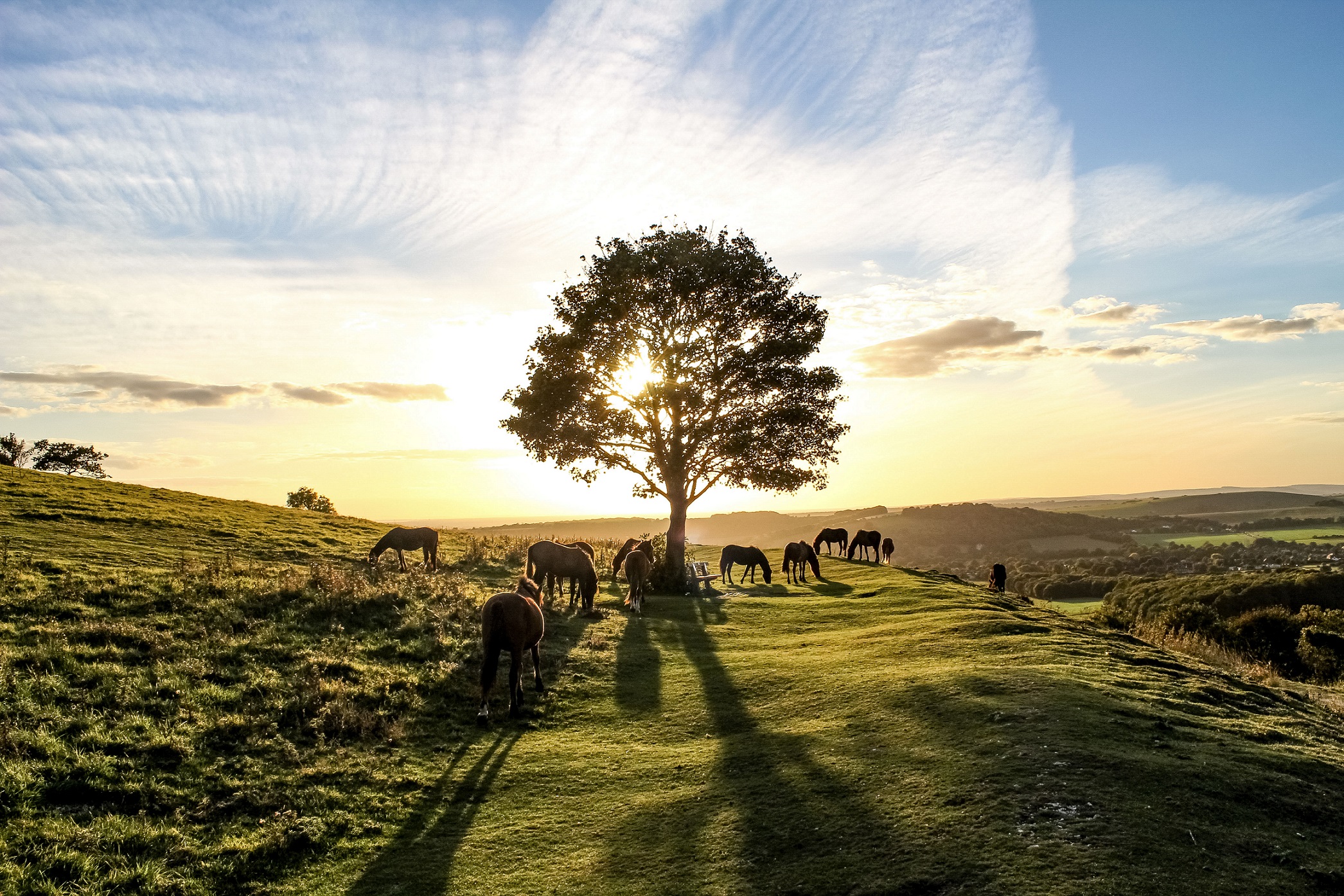
10 utterly glorious images from the South Downs National Park photography competition
An image of horses enjoying a peaceful stroll on the South Downs was voted the best picture in the national
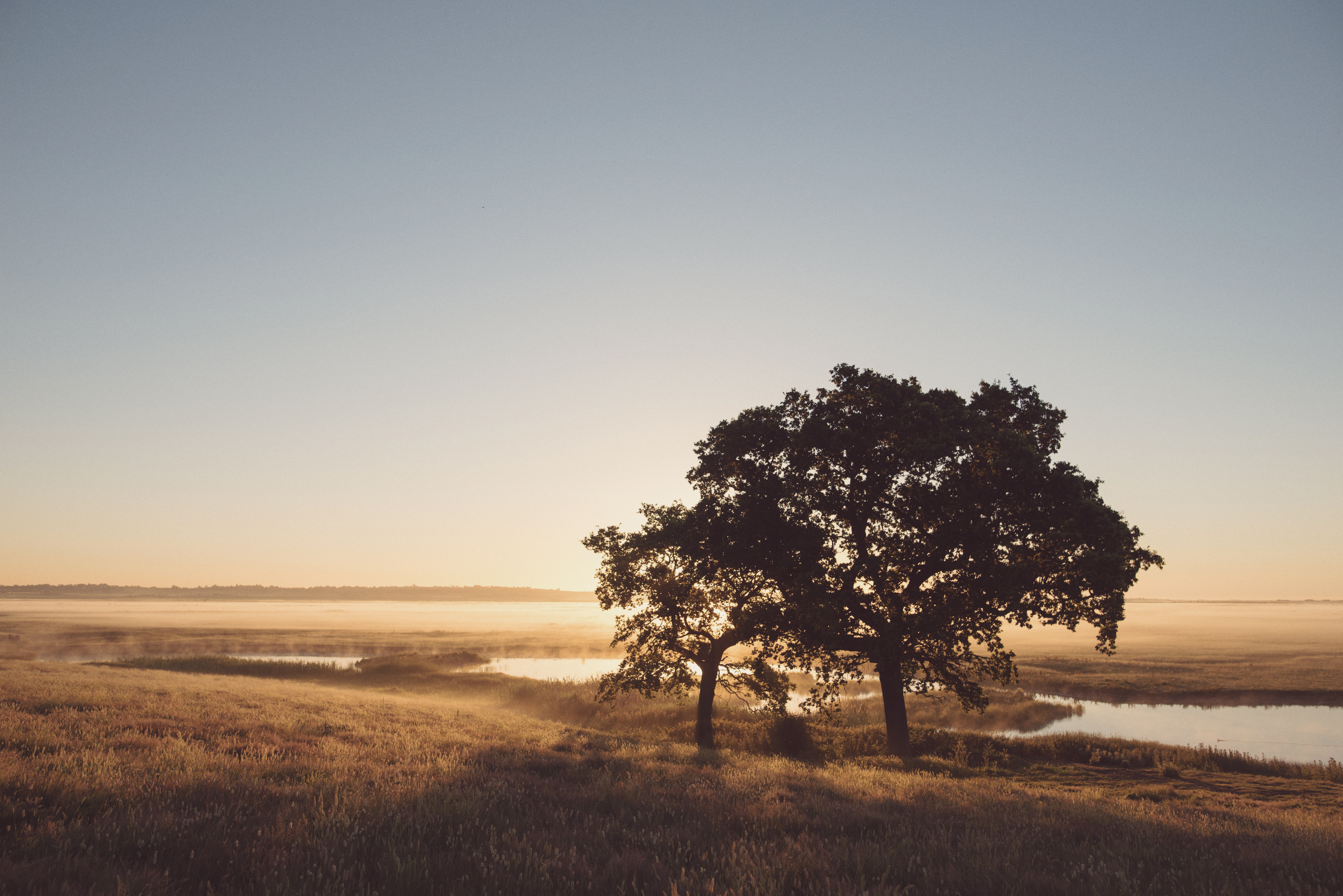
Credit: Rebecca Douglas Photography / Elmley Nature Reserve
A tour of the trailblazing Elmley nature reserve: 'Little more than an hour from London and we feel we’ve been on safari'
One family’s steadfast commitment to Nature means the privately run Elmley National Nature Reserve in Kent teems with wildlife, including
Kate is the author of 10 books and has worked as an equestrian reporter at four Olympic Games. She has returned to the area of her birth, west Somerset, to be near her favourite place, Exmoor. She lives with her Jack Russell terrier Checkers.
